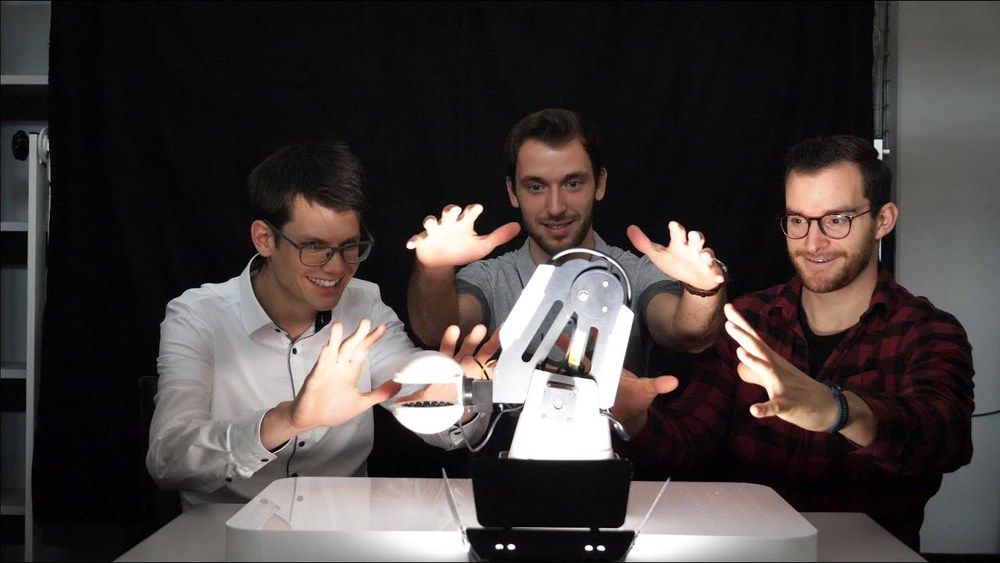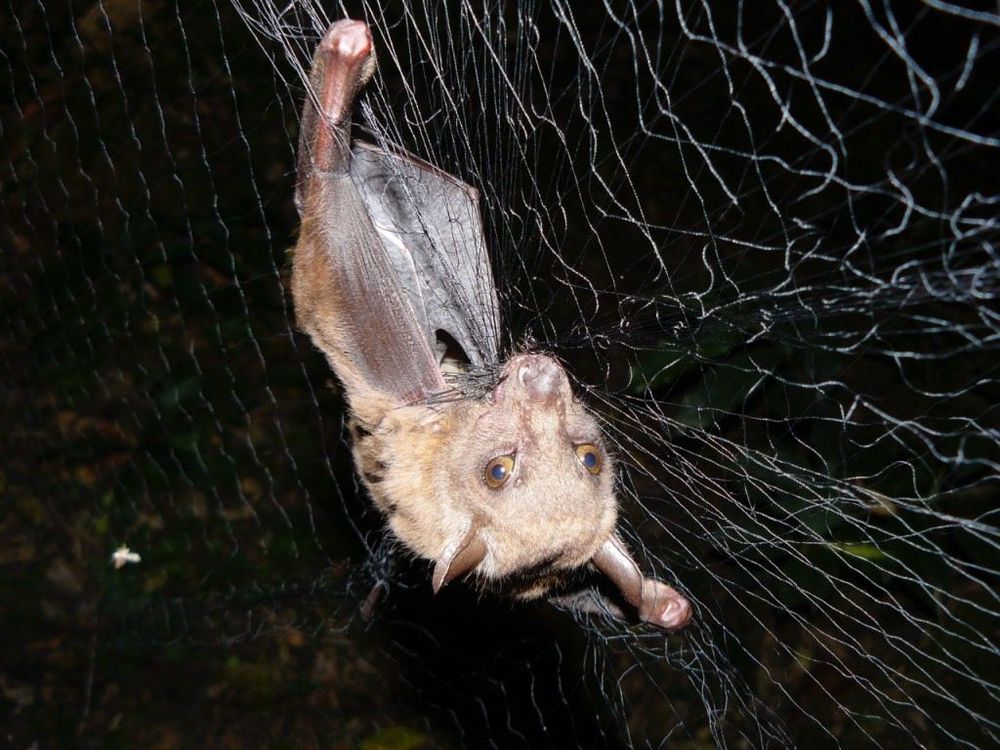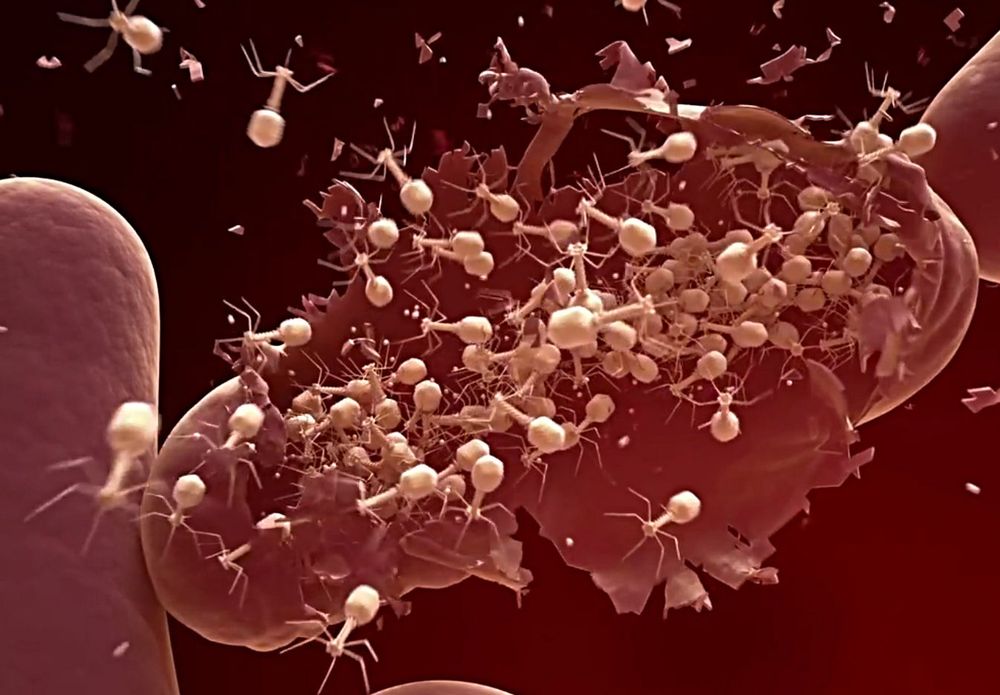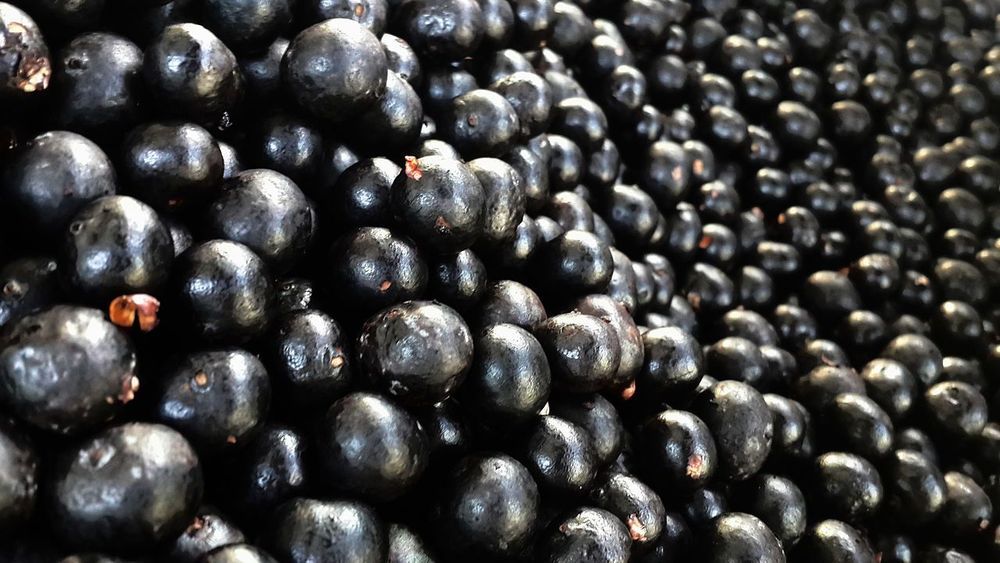Page 7992
Jan 24, 2020
Probiotics: What they are and how you might benefit from them
Posted by Paul Battista in categories: biotech/medical, food, health
Probiotics are live microorganisms, usually bacteria, that can be consumed to offer health benefits.
The ability of certain microbes to confer health benefits on their host was recognized more than 100 years ago. In 1904, Elie Metchnikoff, a scientist at the Pasteur Institute, claimed that Bulgarian peasants lived longer by eating yogurt made from bacteria that served to ferment the milk. Parisians rushed out to buy yogurt in response.
However, the huge variety of bacteria living on the planet was not appreciated back then. More recently, the development of technology that identifies organisms from their DNA has allowed scientists to show that plants, animals, insects and humans can be hosts for many different types of microorganisms.
Jan 24, 2020
How smartphone apps changed the way people live in China
Posted by Derick Lee in categories: finance, food, mobile phones
Fast forward 10 years and Li’s life has completely changed. No longer in finance, he communicates via WeChat and uses apps on his iPhone XS to order food, hail taxis, pay bills, and shop.
Most of the apps that permeate the daily life of Li and hundreds of millions of other Chinese had their beginnings at the start of the decade.
The 2010s will be remembered as the decade when smartphone apps became ubiquitous, spawning new Chinese tech giants whose platforms forever changed the way people live.
Continue reading “How smartphone apps changed the way people live in China” »
Jan 24, 2020
Study reveals interplay of an African bat, a parasite and a virus
Posted by Omuterema Akhahenda in categories: biotech/medical, genetics, health
To better understand the dynamics of bats and potential threats to human health, Goldberg and his colleagues explored the relationship of an African forest bat, a novel virus and a parasite. Their work, described in a report published July 13 in Nature Scientific Reports, identifies all three players as potentially new species, at least at the molecular level as determined by their genetic sequences.
Many viral pathogens often have more than one or two hosts or intermediate hosts needed to complete their life cycles. The role of bat parasites in maintaining chains of viral infection is little studied, and the new Wisconsin study serves up some intriguing insights into how viruses co-opt parasites to help do the dirty work of disease transmission.
The parasite in the current study is an eyeless, wingless fly, technically an ectoparasite. It depends on the bat to be both its eyes and wings. And it plays host to a virus, as the current study shows. For the virus, the fly plays the role of chauffeur. “From a virus’s perspective, an ectoparasite is like Uber. It’s a great way to get around — from animal to animal — at minimal expense and effort,” Goldberg explains.
Jan 24, 2020
Coalition of states sue over rules governing 3D-printed guns
Posted by Saúl Morales Rodriguéz in categories: 3D printing, law enforcement
Attorneys general in 20 states and the District of Columbia filed a lawsuit Thursday challenging a federal regulation that could allow blueprints for making guns on 3D printers to be posted on the internet.
New York Attorney General Tish James, who helped lead the coalition of state attorneys general, argued that posting the blueprints would allow anyone to go online and use the downloadable files to create unregistered and untraceable assault-style weapons that could be difficult to detect.
The lawsuit, joined by California, Washington and 17 other states, was filed in U.S. District Court in Seattle. It is likely to reignite a fierce debate over the use of 3D-printed firearms and is the latest in a series of attempts by state law enforcement officials to block the Trump administration from easing the accessibility of the blueprints.
A new study from SDSU researchers suggests certain foods can be used to control the effects of biophage viruses.
Jan 23, 2020
Police in Australia accuse 24 of deliberately setting bushfires amid natural factors
Posted by Quinn Sena in category: law
The Australia wildfires are a countrywide catastrophe, mainly caused by drought and extreme heat, but dozens of people are directly to blame for some of the problem, officials say.
Police have charged at least 24 people for intentionally starting bushfires in the state of New South Wales, according to a statement the New South Wales Police released Monday.
NSW Police have taken legal action against 183 people, 40 of whom are juveniles, for fire-related offenses since November 8, the statement said. The legal actions range from cautions to criminal charges.
Jan 23, 2020
Revel Pharma to repair collagen damaged by aging and diabetes using designer enzymes
Posted by Paul Battista in categories: biotech/medical, life extension, neuroscience
For the past 10 years, Yale Professors David Spiegel and Jason Crawford have been working on tools to enable the development of glucosepane-cleaving drugs. Kizoo Technology Capital investors say now is the time to advance this groundbreaking research toward the clinic and are leading funding of a new company, Revel Pharmaceuticals Inc., founded by Drs. David Spiegel, Jason Crawford, and Aaron Cravens.
Kizoo leads the seed financing round at Revel, with Oculus co-founder Michael Antonov participating. SENS Research Foundation provided funding to the YaleGlycoSENS group for several years.
The long-lived collagen proteins that give structure to our arteries, skin, and other tissues are continuously exposed to blood sugar and other highly reactive molecules necessary for life. Occasionally, these sugar molecules will bind to collagen and form toxic crosslinks that alter the physical properties of tissues and cause inflammation. As a result, tissues slowly stiffen with aging, leading to rising systolic blood pressure, skin aging, kidney damage, and increased risk of stroke and other damage to the brain.
 In a recent IEEE Spectrum article, learn how engineers are taking machine learning to the smallest microprocessors, while facing challenges in energy consumption, compressing neural networks, and privacy practices. #tinyML #neuralnetworks #machinelearning
In a recent IEEE Spectrum article, learn how engineers are taking machine learning to the smallest microprocessors, while facing challenges in energy consumption, compressing neural networks, and privacy practices. #tinyML #neuralnetworks #machinelearning
IN FEBRUARY, a group of researchers from Google, Microsoft, Qualcomm, Samsung, and half a dozen universities will gather in San Jose, Calif., to discuss the challenge of bringing machine learning to the farthest edge of the network, specifically microprocessors running on sensors or other battery-powered devices.
Jan 23, 2020
A “Superfood” as the Next Antimalarial?
Posted by Omuterema Akhahenda in category: biotech/medical
Researchers have found that aҫaí berry extracts can reduce parasites in the blood and prolong the survival of infected mice.
Thankfully, researchers at the University of Campinas (UNICAMP) in Brazil are actively searching for new treatment options and have stumbled upon some interesting new data that could prove extremely useful in the fight against this persistent parasitic infection.
Amazingly, the researchers found antimalarial in a seemingly unlikely candidate, the aҫaí berry. Findings from the new study—published recently in ACS Omega through an article titled “Chemical Genomic Profiling Unveils the in vitro and in vivo Antiplasmodial Mechanism of Açaı́ (Euterpe oleracea Mart.) Polyphenols”—showed that berry extracts can reduce parasites in the blood and prolong the survival of infected mice.
Continue reading “A ‘Superfood’ as the Next Antimalarial?” »

















